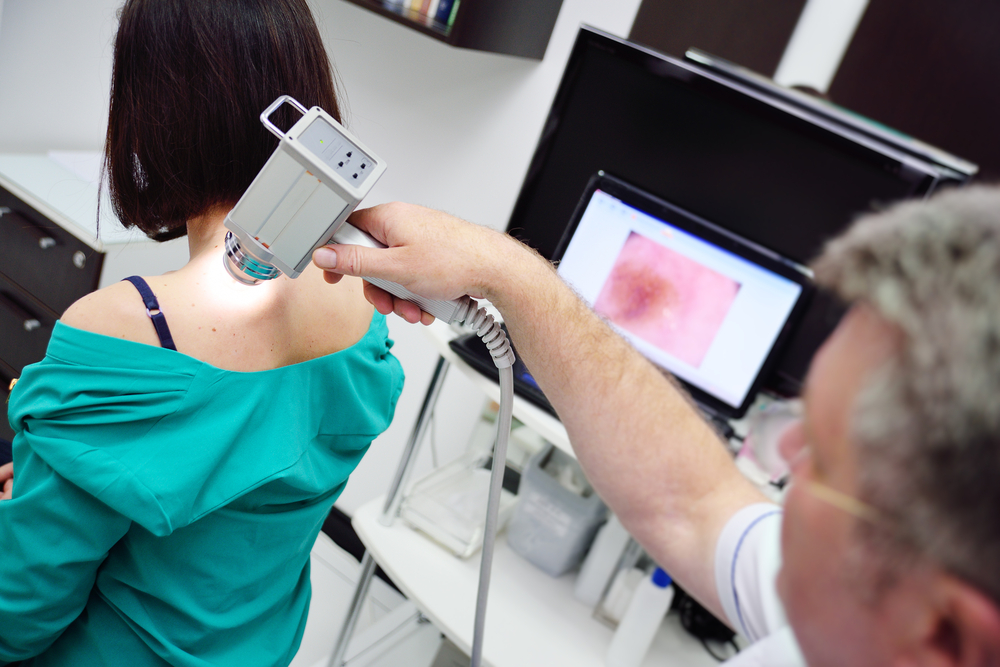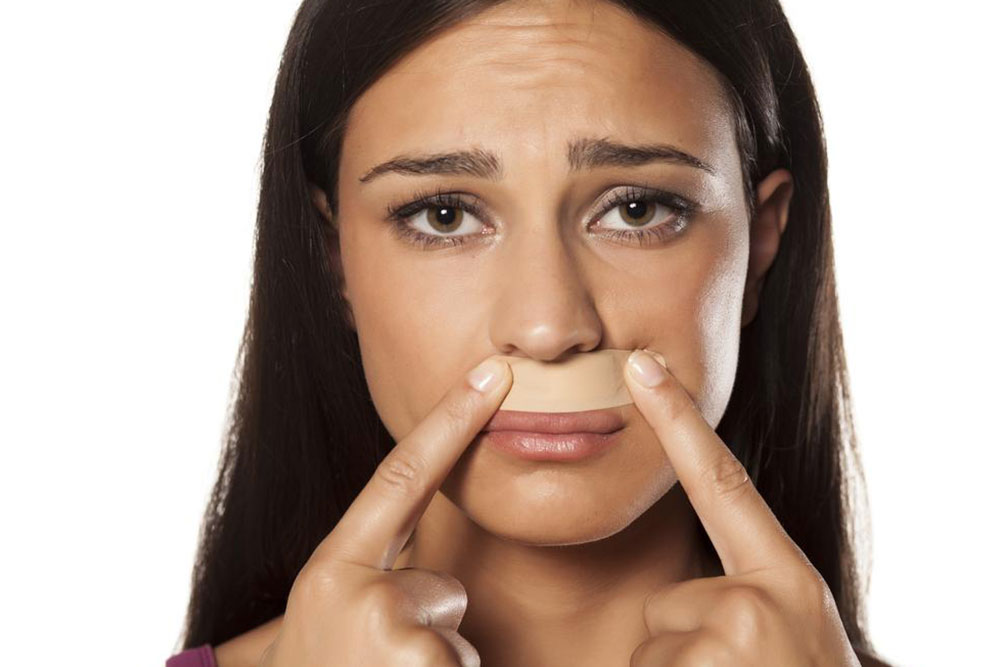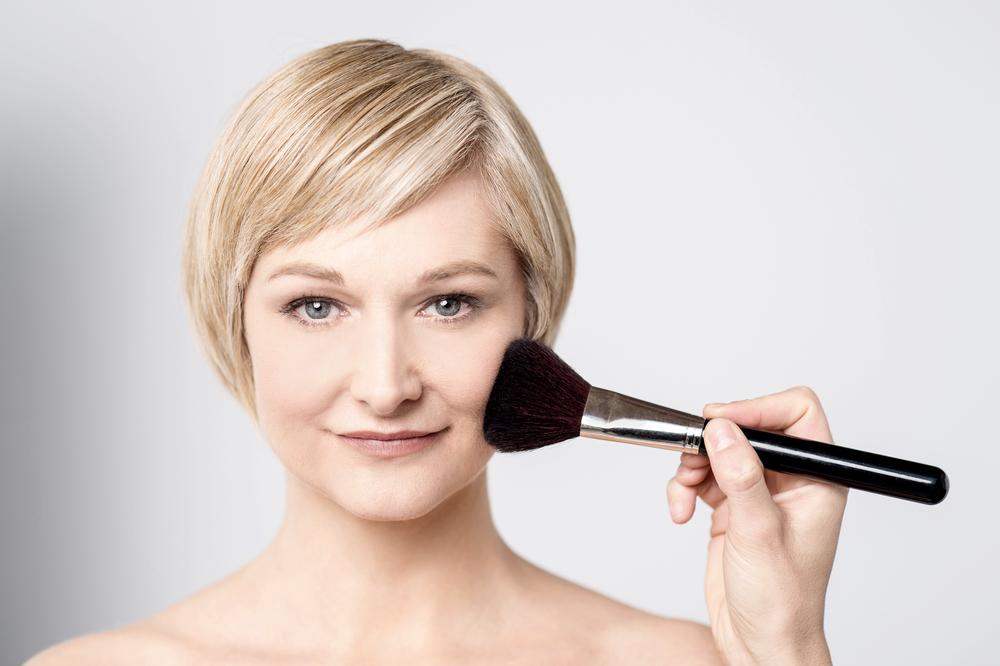Understanding Skin Growths: Essential FAQs About Seborrheic Keratosis
This article explains common questions about seborrheic keratosis, a benign skin condition frequently seen in older adults. It covers its appearance, risk factors, and when to seek medical advice, helping readers understand and manage this harmless yet often concerning skin growth. Recognizing signs early and consulting a professional ensures proper treatment and peace of mind about skin health.

Understanding Skin Growths: Key Questions About Seborrheic Keratosis
Common Questions About Seborrheic Keratosis
As we age, our bodies undergo numerous transformations. While many accept these changes gracefully, certain skin conditions can be challenging, especially when they affect appearance. One such condition prevalent among older adults is seborrheic keratosis, often benign but cosmetically concerning. Recognized by its distinctive appearance, this skin growth can be mistaken for more serious issues, leading to worry. Learning about seborrheic keratosis helps in understanding its signs and appropriate management strategies.
What is seborrheic keratosis?
It is a common benign skin condition primarily affecting older individuals, characterized by the appearance of various skin growths that may look serious but are harmless.
While some skin growths can resemble cancerous lesions, seborrheic keratosis lesions are noncancerous. Initial presentations might mimic malignant growths, causing concern, but they are benign.
These growths often appear as black, brown, or light tan patches on areas like the face, chest, shoulders, or back. Though unsightly, they are painless and removable through various dermatological treatments.
What are the visual signs of seborrheic keratosis?
They typically start as small, rough spots that gradually enlarge into thick, wart-like surfaces.
The lesions are round or oval, with colors ranging from brown and yellow to white and black.
They have a “stuck-on” look with a waxy texture and slightly raised appearance.
Multiple growths can appear on the face, scalp, chest, shoulders, and abdomen, generally sparing palms and soles.
Who is at higher risk?
Primarily affecting those over 50, the risk increases with age, but not all seniors develop the condition.
A family history of seborrheic keratosis raises susceptibility, making genetics a significant factor.
Extensive sun exposure has been linked to a higher likelihood of developing these skin lesions.
When should you see a healthcare professional?
If you notice a new skin growth or existing ones change in appearance.
Unusual colors like purple or reddish-black warrant consultation.
If the lesion becomes painful, itchy, or develops irregular, blurred borders.
Presence of a solitary growth, as multiple lesions are typical of seborrheic keratosis.










